Weeds are plants that offer no value to your lawn. Some weeds, like dandelion and thistle, may even seem harmless with their pretty colors when in fact, they are slowly weakening your desired plants. They compete with your plants for essential nutrients, water, oxygen, and space, and they often dominate the competition. When left untreated, weeds may take over your lawn and take away your curb appeal.
Some weeds are worse than others when it comes to how they spread and how difficult it is to eradicate them. Discover some of the worst weeds around Wooster, OH you may encounter and how you can best deal with them.
1. Spurge
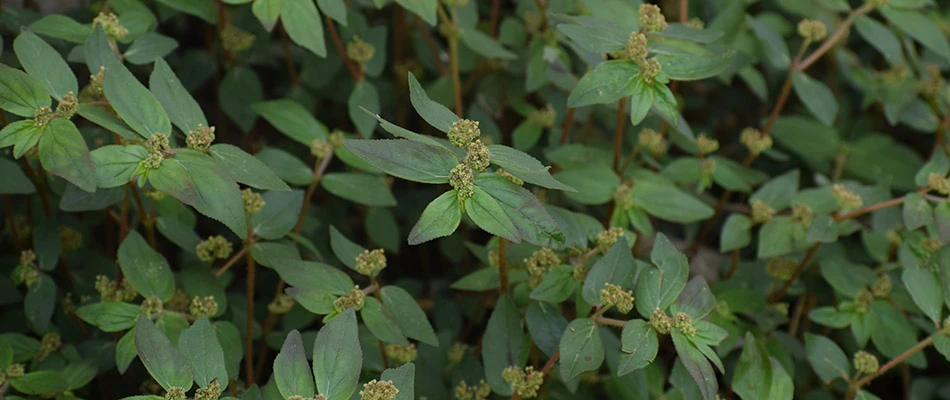
Spurge is a low-growing annual weed that spreads as early as late winter with the right weather conditions. It spreads by seed and thrives in poorly maintained lawns with low-grade mulching practices. A single spurge plant can produce thousands of seeds that can germinate quickly under the right conditions.
It grows so low to the ground and forms a dense mat in your yard that mowers can't usually reach it. Their hairy stem is often pinkish-red in color, with small oval leaves on each stem. Homeowners should be careful around broken spurge stems because it releases a milky sap that might irritate your skin.
Controlling the growth and spread of spurge comes in various ways, including:
- Monitoring your lawn for any spurge growth. Pulling them out early before they produce seeds is the best option to stop their spread.
- Properly mulching your yard can prevent the germination of weed seeds.
- Proper turf management to ensure your grass is robust and can out-compete weeds.
- Post and pre-emergent weed control solutions done by professionals.
2. Dandelion
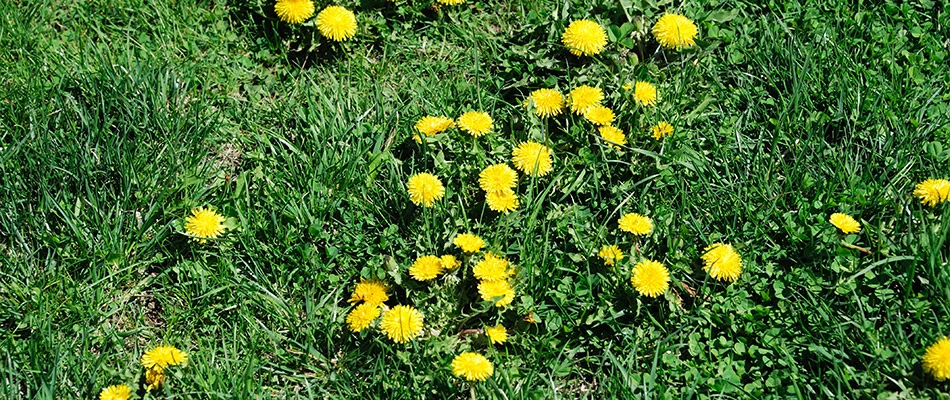
Dandelion's bright yellow flowers are usually a sign of spring. However, you might find your patience challenged as this perennial flowering weed is tough to control. They are known for their famous puffball that creates a dreamy look when the wind blows it away. However, this is also how this perennial weed spreads because thousands of dandelion seeds are found in its puffball.
This weed has a thin, bright green leaf that is jagged around its edges. When you spot dandelion leaves on your lawn, we don't recommend pulling them out because it's ineffective unless done multiple times. A dandelion's root system is deeply established in the soil and a new plant will only grow unless the taproot is removed.
Pre-emergent herbicides are your friend when you want to prevent dandelions from growing in your lawn. You can also mow your grass higher to choke out weeds and prevent their growth.
3. Nutsedge
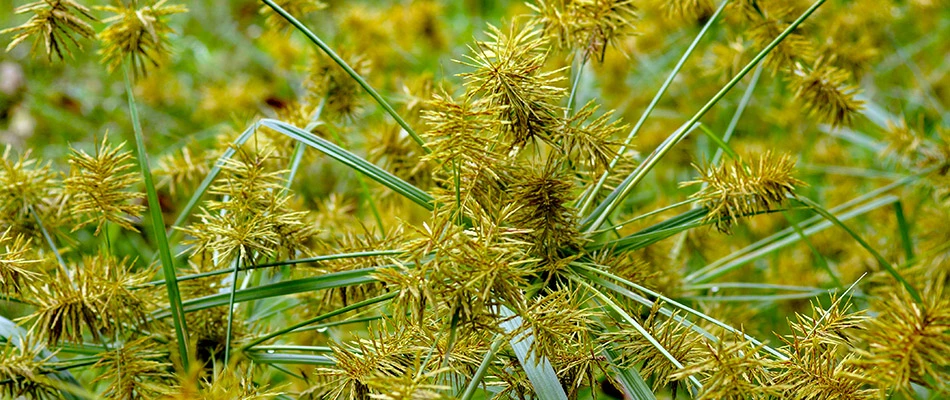
Nutsedge is another problem in most lawns because it can rapidly invade your turf. They are persistent sedges that propagate through an underground root system that grows another plant when a part of it breaks. Pulling them out by hand becomes futile unless you excavate the whole root system.
According to the Ohio State University, yellow nutsedge is common in Ohio where it naturally thrives in marshes and moist areas. Thus, the presence of nutsedge in your lawn indicates there is frequent irrigation but poor drainage.
Its thick leaves and triangular stems grow as a stubborn weed in lawns and gardens, where it takes away essential nutrients from your plants. Make sure your desired plants can outcompete nutsedges through proper mowing and fertilization. Post-emergent herbicides can also control nutsedge growth in your lawn.
After applying post-emergent herbicides, avoid mowing for two days to give the weeds time to absorb it.
3. Crabgrass
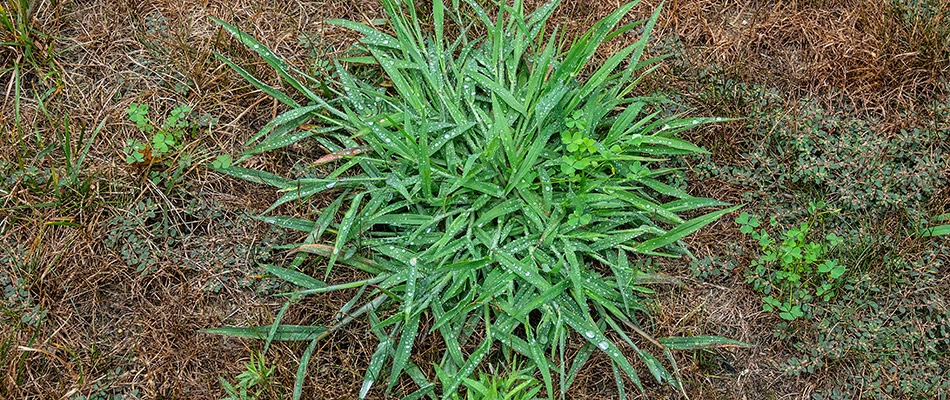
When you desire vibrant green grass for your lawn, crabgrass is not the type of grass you want to see. This annual weed is one of the most persistent weeds you can have in your yard; It will continue to thrive unless you get the help of a professional team like ours that can treat it with post-emergent herbicides.
It is important to differentiate what crabgrass is from regular grass so you can take action early. Here is what the troublesome crabgrass looks like:
- Dark green leaves that are hairy on both sides
- Branched stems that are spreading
- Flowers that emerge from June to October arise at the top of the stems
Controlling crabgrass growth in your lawn takes a long time because of viable seeds that can germinate even after years. An effective strategy to deal with crabgrass is using herbicides and maintaining a dense turf.
4. Thistle

Perennial thistles, such as the Canadian thistle, are among the worst forms you can have on your lawn as it spreads through roots and seeds. Thistle seeds are dispersed by the wind, while its root system grows more plants when part of it breaks due to hand pulling.
The purple flowers of this weed can grow up to five feet tall and may fool homeowners into thinking it is harmless. However, you might be surprised if Canadian thistles invade your lawn in no time because it spreads rapidly after establishment.
Maintaining a lawn that is properly fertilized and aerated will help keep Canadian thistles out of your yard.
Talk to our experts today for an estimate on our top-rated weed control services.
Protecting your lawn from unwanted weed growth needs a professional crew to ensure that they won't grow back. Our team at Ohio Green Lawn & Pest uses both pre and post-emergent products to target existing weed growth and prevent germination before it even happens.
We take pride in knowing our weed control services can produce visible results as early as 48 hours. Our services are available to commercial and residential properties in Mansfield, Ashland, Wooster, OH and surrounding areas. Call us today at (419) 528-5698 for a pricing estimate.

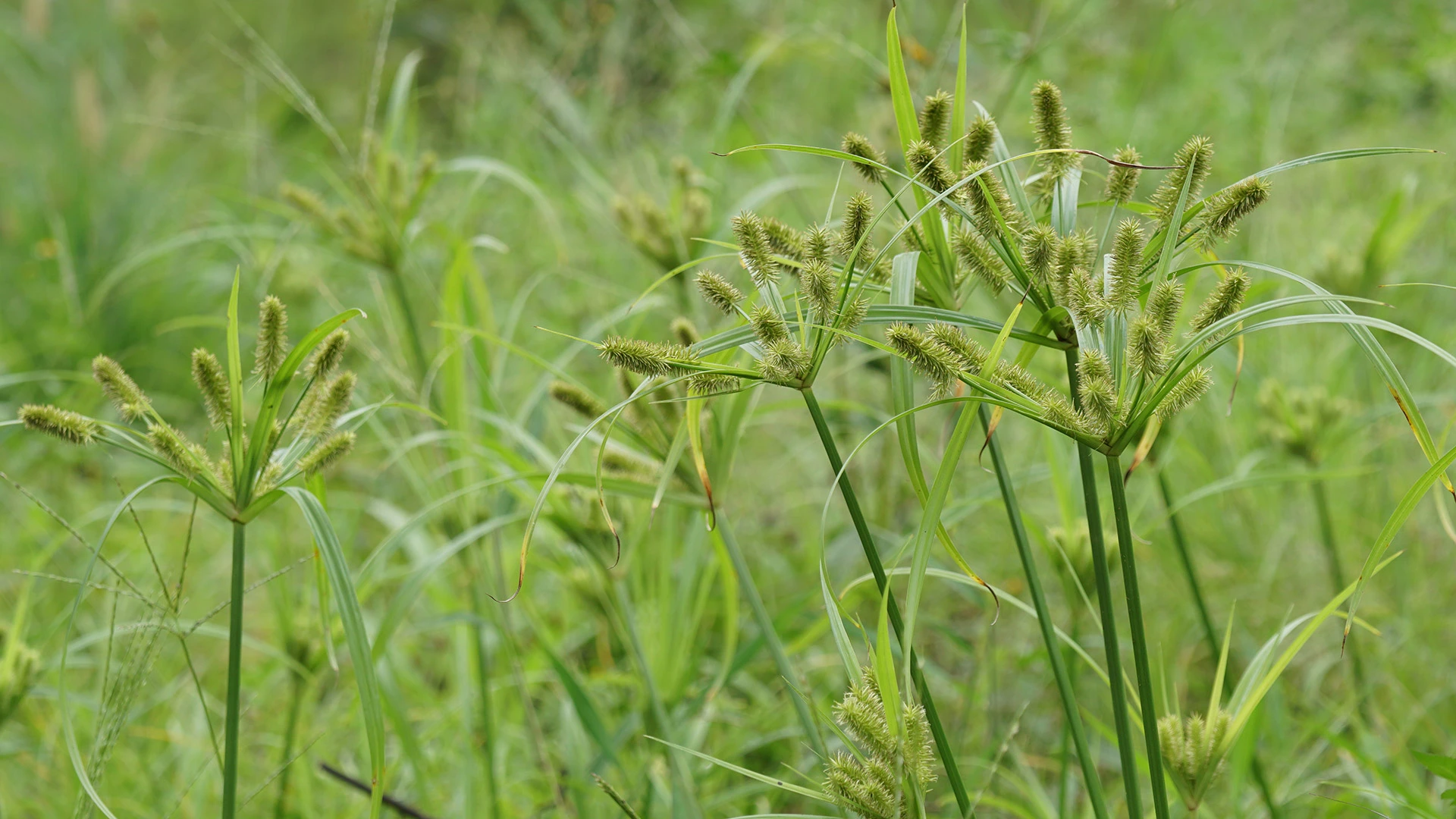

Comments (0)
Thanks for your comment!
Thanks for your feedback! Your comments have been successfully submitted! Please note, all comments require admin approval prior to display.
Error submitting comment!
There is a problem with your comment, please see below and try again.